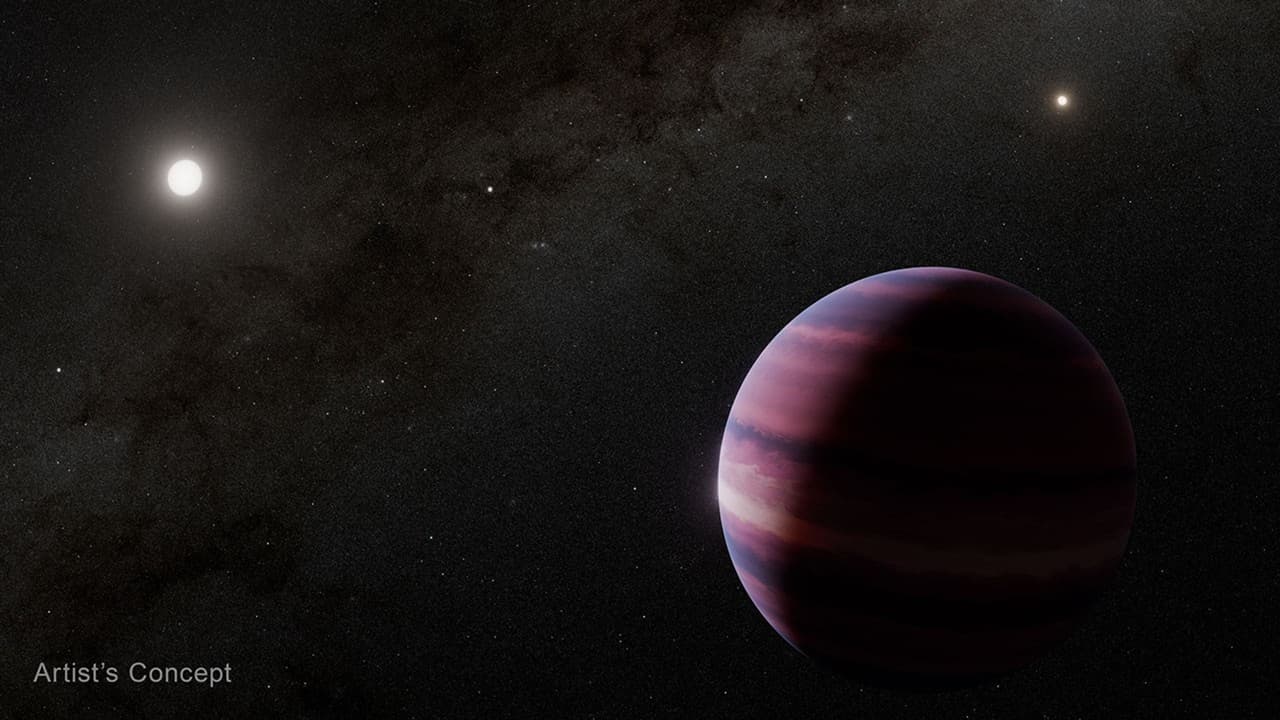Astronomers using the James Webb Space Telescope may have spotted a Saturn-like planet in Alpha Centauri A’s habitable zone, 4 light-years away. The planet later vanished, possibly due to an elongated orbit.
Astronomers may have just spotted a giant planet orbiting the star closest to our Sun — and then lost sight of it.
Using NASA’s James Webb Space Telescope, scientists detected strong signs of a Saturn-like world circling Alpha Centauri A, a Sun-like star only 4 light-years away. That’s practically in our cosmic backyard.
The possible planet seems to orbit between one and two times the distance Earth is from the Sun, which puts it in the star’s habitable zone — the region where temperatures could allow liquid water. But there’s a catch: this is a gas giant, so it’s not the kind of place life as we know it could thrive.
Why Alpha Centauri Matters
Alpha Centauri is actually a triple star system, made up of Alpha Centauri A, Alpha Centauri B, and Proxima Centauri. Proxima already has confirmed planets, but finding worlds around Alpha Centauri A or B has been notoriously tricky. These stars are bright, close together, and move quickly across the sky — making them challenging targets for even the most advanced telescopes.
A Breakthrough Detection
In August 2024, Webb used its Mid-Infrared Instrument (MIRI) with a special mask to block Alpha Centauri A’s light. After subtracting glare from both Alpha Centauri A and B, astronomers spotted an incredibly faint object — more than 10,000 times dimmer than its host star — at about twice Earth’s distance from the Sun.
It looked exactly like a gas giant planet.
The Mystery: Now You See It, Now You Don’t
When astronomers looked again in February and April 2025, the object had vanished. No planet-like signal appeared.
So what happened? Computer models suggest that if the planet follows a stretched-out (elliptical) orbit, it may have simply been too close to its star during those later observations for Webb to spot it. In fact, simulations show this could explain the non-detection in about half of possible orbits.
If It’s Real, It’s a Big Deal
If confirmed, this would be:
The closest imaged planet orbiting a Sun-like star
Similar in age and temperature to the giant planets in our own Solar System
Proof that planets can survive in the chaotic environment of a two-star system
It would also become one of the most studied exoplanets in history, with Webb and future telescopes like NASA’s Nancy Grace Roman Space Telescope lined up to explore it further.
Why Scientists Are Excited
Finding a planet here could completely change how we search for other worlds. Since Alpha Centauri is so close, astronomers could gather more detailed data than for planets many light-years away.
It would also challenge theories about how planets form and survive around binary stars — systems where gravitational forces are far more complex than in our single-star Solar System.
The planet may still be out there, waiting for the right moment in its orbit to reveal itself again. Until then, astronomers are keeping their telescopes — and their curiosity — firmly pointed at our next-door star system.
